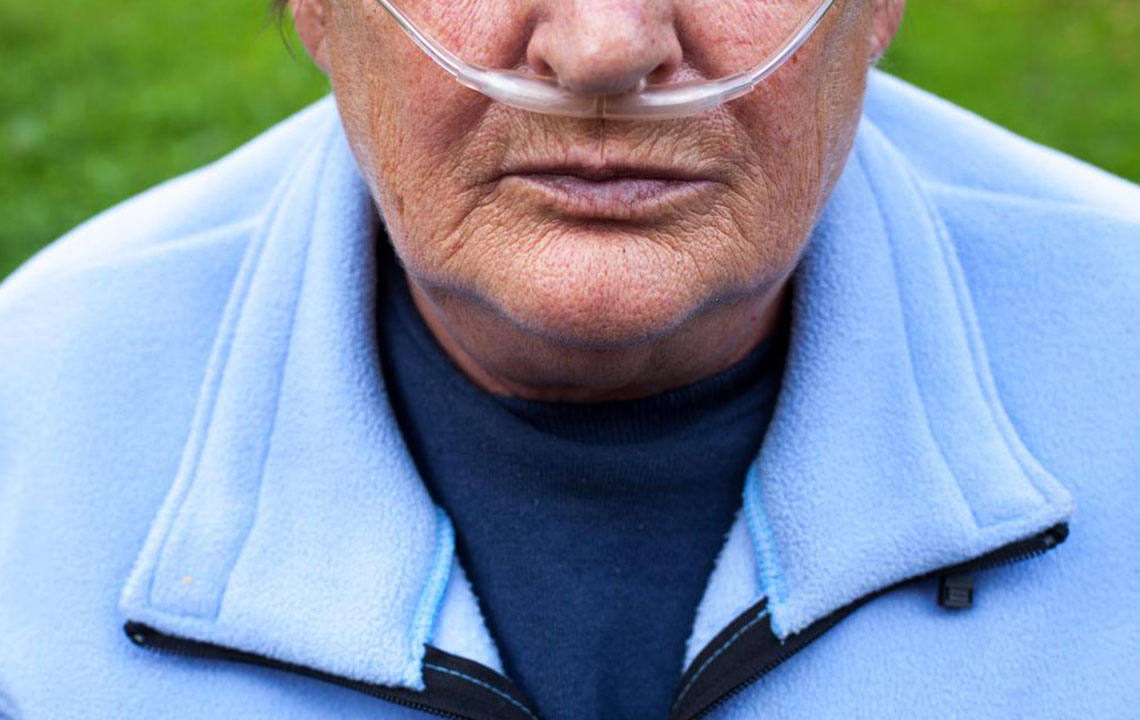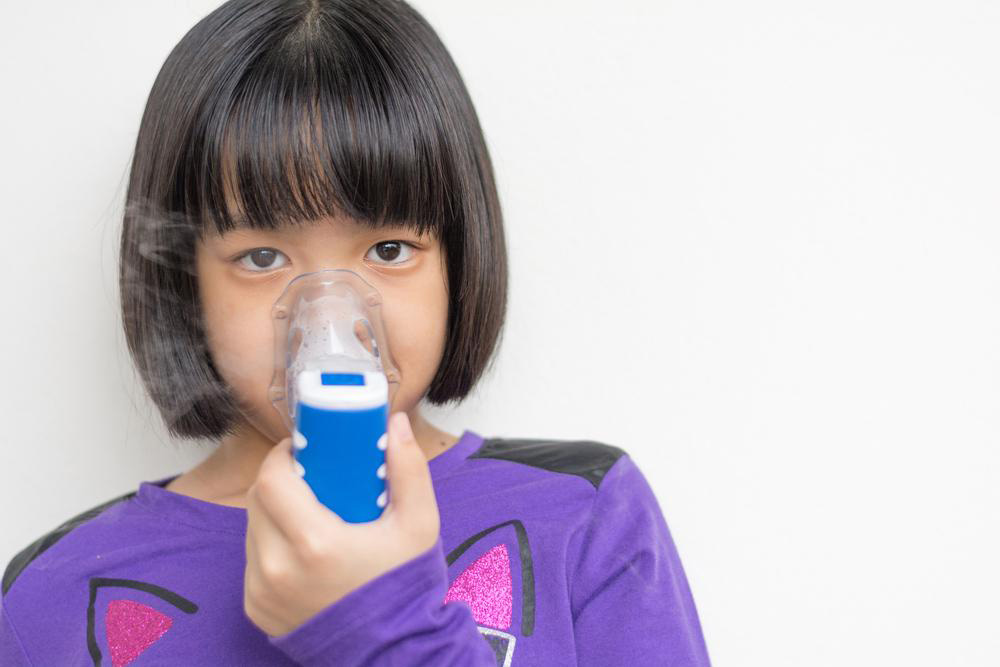Effective Strategies for Managing Chronic Bronchitis and Enhancing Respiratory Health
This comprehensive guide details effective strategies for managing chronic bronchitis, emphasizing lifestyle changes, medical treatments, and supportive therapies. It explores causes, symptoms, diagnosis, and personalized treatment options to improve respiratory health and quality of life. Perfect for patients and caregivers, the article highlights preventive measures and the importance of early intervention for optimal outcomes.

Comprehensive Methods to Control and Treat Chronic Bronchitis
Chronic bronchitis is a persistent respiratory condition that affects millions across the globe, significantly impacting quality of life and overall health. Its increasing prevalence has driven many patients to seek specialized treatment at dedicated bronchitis clinics and respiratory health centers. Recognized as a form of Chronic Obstructive Pulmonary Disease (COPD), chronic bronchitis results from long-term inflammation of the bronchial tubes, which are vital airways in the lungs. This inflammation leads to excessive mucus production, swelling of airway walls, and airway narrowing, making breathing difficult and symptoms persistent.
Addressing chronic bronchitis effectively requires a multi-faceted approach that combines lifestyle modifications, medical therapies, and supportive interventions. These strategies aim not only to alleviate immediate symptoms but also to slow or halt disease progression, improve lung function, and enhance the patient’s overall well-being.
Understanding Chronic Bronchitis and Its Underlying Causes
The bronchial tubes, which serve as the primary pathways for airflow into the lungs, are susceptible to inflammation and damage from various environmental and physiological factors. When these tubes become inflamed for extended periods, they produce excessive mucus, which obstructs airflow and causes the characteristic symptoms of chronic bronchitis. Diagnosis is confirmed when cough and mucus production persist for more than three months and recur over at least two consecutive years, distinguishing it from other respiratory conditions.
Leading causes of chronic bronchitis are predominantly lifestyle and environmental factors. Cigarette smoking remains the most significant risk factor, contributing to approximately 85-90% of cases. Both active and passive smoking inhalation exposes the bronchial lining to toxic chemicals that promote inflammation and structural damage. In addition, exposure to airborne irritants such as dust, industrial pollutants, chemical fumes, and exhaust gases from vehicles aggravates risk and symptom severity. Recurrent respiratory infections—viral or bacterial—also play a crucial role in perpetuating and worsening the condition. Underlying health issues like childhood asthma, previous pneumonia episodes, heart disease, immune deficiencies, and genetic predispositions may also predispose individuals to chronic bronchitis.
Key symptoms to watch for include a persistent cough often accompanied by mucus production, breathlessness even during moderate exertion, wheezing sounds during respiration, nasal congestion, fatigue, chest tightness, sore throat, headaches, muscle aches, and sometimes skin discoloration due to hypoxia. Severe disease progression can result in significant oxygen deficiency, necessitating urgent medical intervention to prevent complications like respiratory failure.
Early diagnosis through clinical evaluations and diagnostic tests significantly improves prognosis. Healthcare providers typically conduct physical examinations, lung function tests—such as spirometry—and imaging studies like chest X-rays or CT scans to assess lung involvement. Blood tests can help identify infections or inflammation markers. It is crucial for patients to cease smoking immediately upon diagnosis; many programs dedicated to smoking cessation offer supervised counseling, pharmacotherapy, and behavioral support aimed at breaking nicotine dependence.
Once under medical supervision, management strategies encompass a variety of treatments designed to improve airflow, reduce inflammation, and prevent infection. These include:
Bronchodilators: Medications that relax bronchial smooth muscle, opening airways to facilitate easier breathing.
Inhaled corticosteroids: Steroids administered via inhalers counteract airway inflammation and decrease mucus secretion, although long-term use requires monitoring for potential side effects.
Antibiotics and antivirals: Prescribed during active infections to eliminate bacterial or viral causes exacerbating symptoms.
Symptomatic remedies: Over-the-counter cough suppressants, expectorants, and decongestants used to alleviate cough, mucus buildup, and congestion.
Vaccination: Annual influenza and pneumococcal vaccines are pivotal in preventing severe respiratory infections that can worsen bronchitis symptoms.
Oxygen therapy: For advanced cases with hypoxia, supplemental oxygen ensures adequate oxygenation and mitigates the risk of organ damage.
Surgical interventions: In critical situations, options such as lung volume reduction surgery or bullectomy may be considered to remove damaged tissue and improve lung function.
Beyond medication, lifestyle measures play an essential role. These include wearing masks in polluted environments to limit inhalation of harmful particles, using humidifiers to keep airways moist, avoiding cold weather where bronchospasm can worsen, and engaging in pulmonary rehabilitation programs. Such programs typically incorporate breathing exercises, physical activity tailored to individual capacity, nutritional counseling, and education about disease management, all contributing to overall health and resilience.
In addition to pharmacological and lifestyle strategies, certain complementary practices can support respiratory health. These include practicing diaphragmatic breathing, maintaining good hydration, and avoiding irritants like strong perfumes or household chemicals.
In conclusion, managing chronic bronchitis requires a comprehensive, patient-centered approach that emphasizes early detection, lifestyle modification, targeted medical therapy, and ongoing support. By adopting these strategies, patients can significantly improve their lung function, reduce exacerbations, and enjoy a better quality of life. Collaborating with healthcare providers and adhering to prescribed treatment plans are the keys to controlling this chronic condition and preventing future complications.




